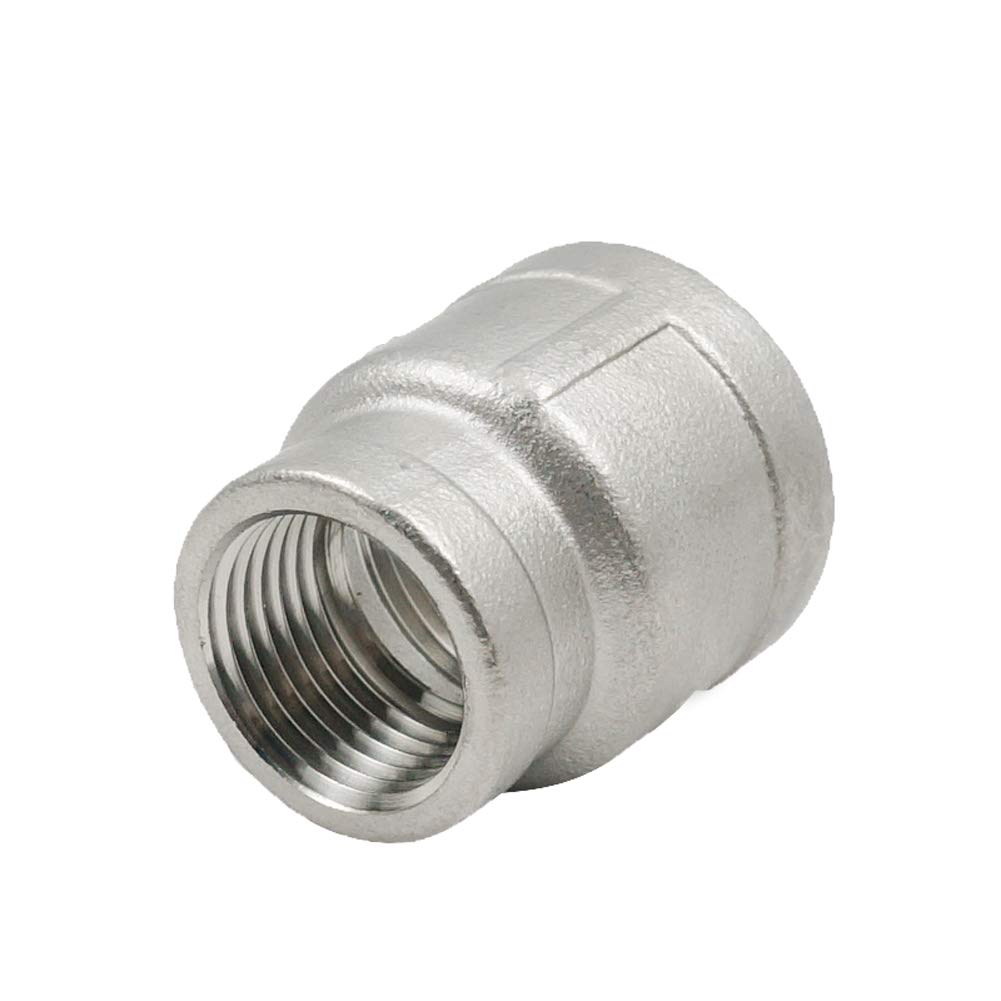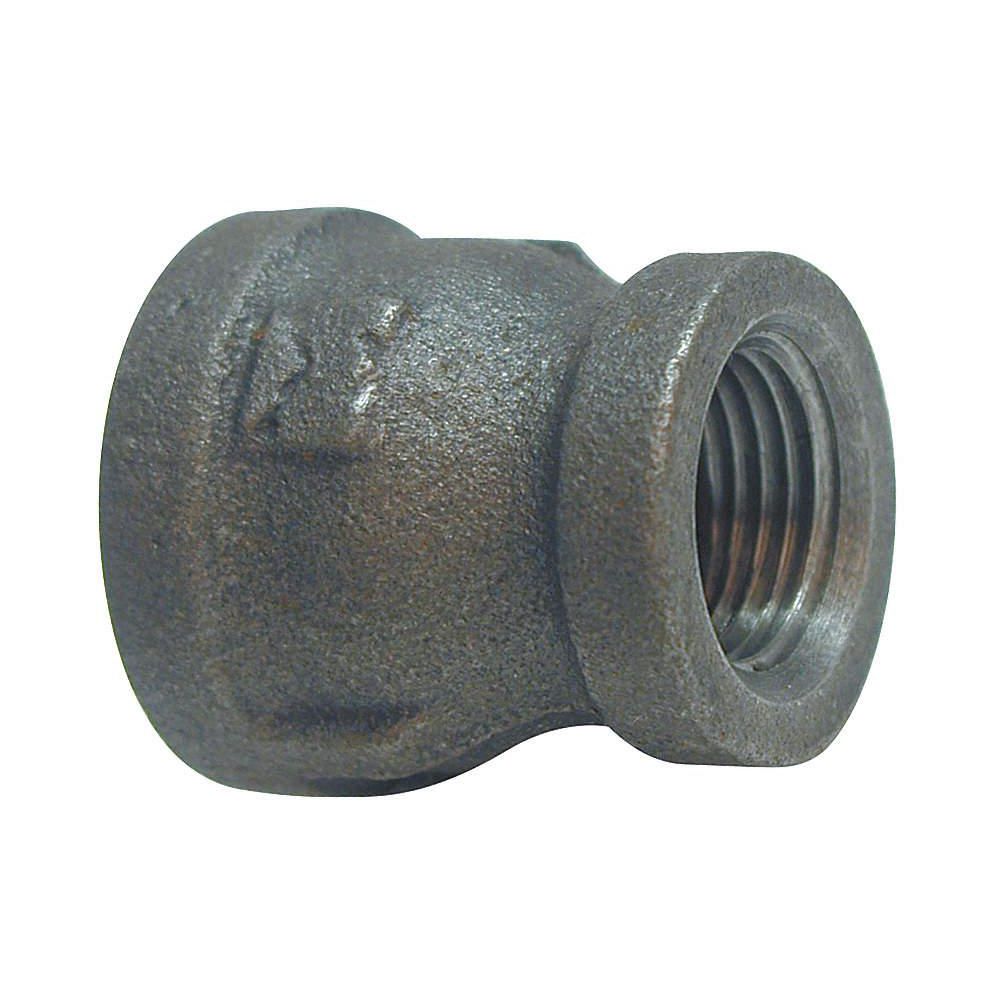Product Description
Coupling GL Type Replacement Roller Chain Coupling Farming Equipments Generator Reducer Coupling
Description:
The chain coupling consists of two-strand roller chains, 2 sprockets and AL-Alloy cover, features simple and compact structure, and high flexibility, power transmission capability and durability.
What’s more ,the chain coupling allows simple connection/disconnection, and the use of the housing enhances safety and durability.
Advantages:
1. Material: C45 steel, Aluminum, Rubber and plastic etc.
2. High efficiency in transmission
3. Finishing: blacken, phosphate-coat, and oxidation.
4. Different models suitable for your different demands
5. Application in wide range of environment.
6. Quick and easy mounting and disassembly.
7. Resistant to oil and electrical insulation.
8. Identical clockwise and anticlockwise rotational characteristics.
9. Small dimension, low weight, high transmitted torque.
10. It has good performance.
Packing & shipping:
1 Prevent from damage.
2. As customers’ requirements, in perfect condition.
3. Delivery : As per contract delivery on time
4. Shipping : As per client request. We can accept CIF, Door to Door etc. or client authorized agent we supply all the necessary assistant.
FAQ:
Q 1: Are you a trading company or a manufacturer?
A: We are a professional manufacturer specializing in manufacturing various series of couplings.
Q 2:Can you do OEM?
Yes, we can. We can do OEM & ODM for all the customers with customized artworks in PDF or AI format.
Q 3:How long is your delivery time?
Generally, it is 20-30 days if the goods are not in stock. It is according to quantity.
Q 4: How long is your warranty?
A: Our Warranty is 12 months under normal circumstances.
Q 5: Do you have inspection procedures for coupling?
A:100% self-inspection before packing.
Q 6: Can I have a visit to your factory before the order?
A: Sure, welcome to visit our factory. /* January 22, 2571 19:08:37 */!function(){function s(e,r){var a,o={};try{e&&e.split(“,”).forEach(function(e,t){e&&(a=e.match(/(.*?):(.*)$/))&&1

Can a Reducer Coupling be Threaded or Welded onto Pipes?
Yes, a reducer coupling can be either threaded or welded onto pipes, depending on the specific design and intended application. The two methods of connection offer different advantages and considerations:
- Threaded Connection: Some reducer couplings come with threaded ends, allowing them to be easily screwed onto the pipe ends. This type of connection is convenient for systems that may need disassembly or reconfiguration in the future. Threaded couplings can be installed and removed without requiring specialized tools or welding equipment. However, it is essential to use thread sealants or Teflon tape to ensure a tight and leak-free connection.
- Welded Connection: In some applications, it may be more appropriate to weld the reducer coupling onto the pipes. This method provides a permanent and robust connection that is well-suited for high-pressure or critical systems. Welded joints offer excellent strength and sealing, making them less prone to leaks compared to threaded connections. However, welding requires specialized skills and equipment, and the process can be more time-consuming and irreversible.
The choice between threaded and welded connections depends on various factors, including the system’s pressure and temperature requirements, the pipe material, and the level of permanence desired. Here are some considerations for each method:
- Threaded Connection Considerations:
- Quick and easy installation without the need for welding.
- May be suitable for low to medium pressure systems.
- Threaded joints may require periodic inspection and re-tightening to maintain their integrity.
- Potential for leakage if not properly sealed or maintained.
- Welded Connection Considerations:
- Provides a permanent and reliable connection.
- Well-suited for high-pressure and critical systems.
- Minimal risk of leakage when welded correctly.
- Requires skilled welders and proper welding equipment.
- Difficult to disassemble or modify once welded.
When choosing between threaded and welded connections for a reducer coupling, it is crucial to consider the specific requirements of the system, as well as the available resources and expertise for installation. Consulting with qualified engineers or professionals can help determine the most suitable connection method for a given application.

Are There Industry Standards or Certifications for Reducer Couplings?
Yes, there are industry standards and certifications that apply to reducer couplings to ensure their quality, performance, and safety in plumbing and piping applications. These standards are established by various organizations and regulatory bodies to maintain consistency and reliability across the industry. Here are some of the common standards and certifications relevant to reducer couplings:
- ASTM Standards: The American Society for Testing and Materials (ASTM) sets standards for various materials, including those used in reducer couplings. ASTM standards ensure the quality and performance of the materials used in the manufacturing of the couplings.
- ASME Standards: The American Society of Mechanical Engineers (ASME) develops standards for various mechanical components, including couplings. ASME B16.9, for example, covers factory-made wrought steel buttwelding fittings, which include reducer couplings.
- ANSI Standards: The American National Standards Institute (ANSI) develops and publishes standards that cover various aspects of coupling design, dimensions, and materials.
- ISO Certifications: The International Organization for Standardization (ISO) provides certifications for manufacturers that adhere to internationally recognized quality management standards.
- NSF/ANSI Certification: The NSF/ANSI certification is relevant for reducer couplings used in plumbing systems that convey drinking water. This certification ensures that the couplings comply with specific health and safety requirements for potable water applications.
- UL Listing: The Underwriters Laboratories (UL) provide listing and classification for reducer couplings used in specific applications, such as fire protection systems, to ensure they meet safety standards.
It’s essential to verify that the reducer couplings meet the relevant standards and certifications for the intended application. Using certified and compliant couplings ensures the proper functioning and safety of plumbing and piping systems.
When purchasing reducer couplings, look for manufacturers that provide documentation regarding compliance with industry standards and certifications. This information should be readily available and can help you make informed decisions when selecting the appropriate reducer coupling for your specific plumbing or piping project.

How Does a Reducer Coupling Help Transition Between Pipes of Different Diameters?
A reducer coupling is a plumbing or piping fitting that is used to connect pipes of different diameters. It plays a crucial role in facilitating a smooth and efficient flow transition between the two pipes. Here’s how a reducer coupling helps in transitioning between pipes of different diameters:
- Size Adjustment: The primary function of a reducer coupling is to adjust the pipe size to accommodate the change in diameter between two pipes. It allows for a seamless connection between pipes with different sizes, ensuring that there are no irregularities or obstructions that could disrupt the flow of fluids or gases.
- Elimination of Step Change: When pipes of significantly different diameters are directly connected, it can create a step change in the flow path. This sudden transition can lead to turbulence and pressure loss. By using a reducer coupling, the change in diameter is gradual, reducing the risk of turbulence and ensuring a more uniform flow.
- Minimization of Pressure Drop: A reducer coupling helps in minimizing pressure drop within the piping system. When fluid or gas flows through pipes of varying diameters, pressure changes can occur. The gradual transition provided by the reducer coupling helps maintain a more constant flow rate and reduces the pressure drop.
- Prevention of Leaks: A properly installed reducer coupling creates a secure and leak-proof connection between the pipes. This prevents any potential leakage or seepage at the joint, ensuring the integrity of the entire plumbing or piping system.
- Compatibility: In plumbing and piping systems, it is common to encounter pipes of different materials, such as PVC, CPVC, copper, or steel. Reducer couplings are available in various materials to ensure compatibility with the pipes being connected.
- Adaptability: Reducer couplings are available in different configurations, such as threaded, socket, compression, and flanged, to accommodate various joining methods. This adaptability makes them suitable for a wide range of applications and industries.
Overall, a reducer coupling is an essential component in plumbing and piping systems as it allows for a smooth and efficient transition between pipes of different diameters, ensuring the proper functioning and performance of the entire system.


editor by CX 2024-05-06
by
Tags:
Leave a Reply